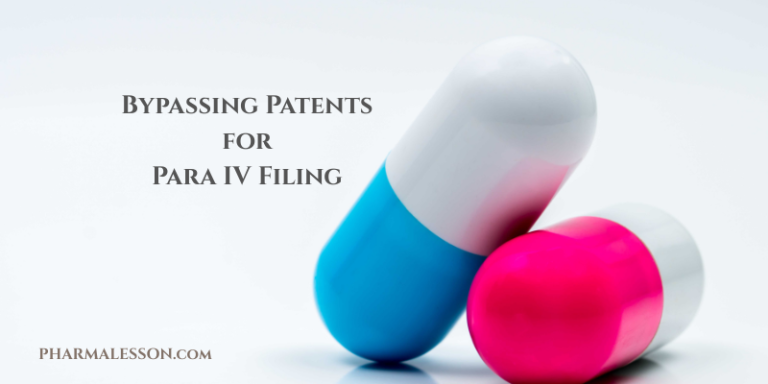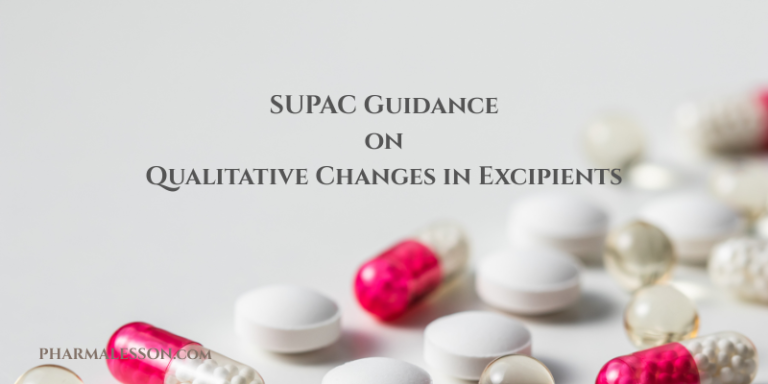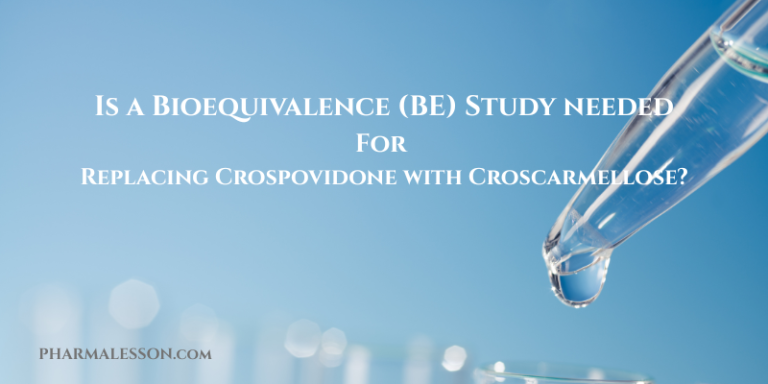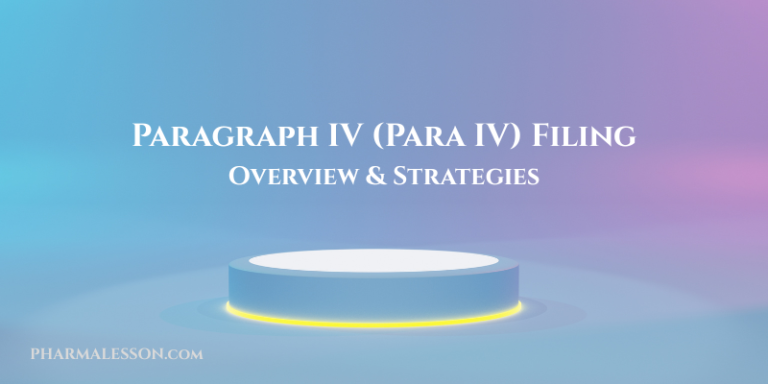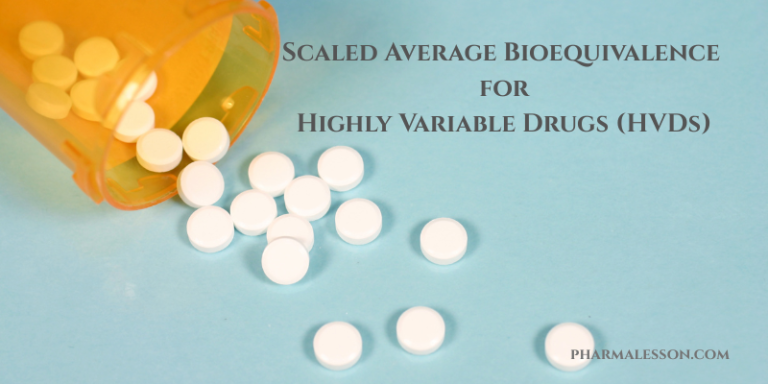Regulatory Strategies for Excipient Grade Changes Across Global Markets
When changing the grade of an excipient for different markets the regulatory approach depends on whether the change impacts safety, quality, or efficacy of the drug product. Here’s how to address it for key regulatory agencies: USFDA Filing Type: Documentation: MHRA & EMA Variation Classification: Documentation: MENA Region (Saudi FDA, UAE, Egypt, etc.) Regulatory Approach:…


